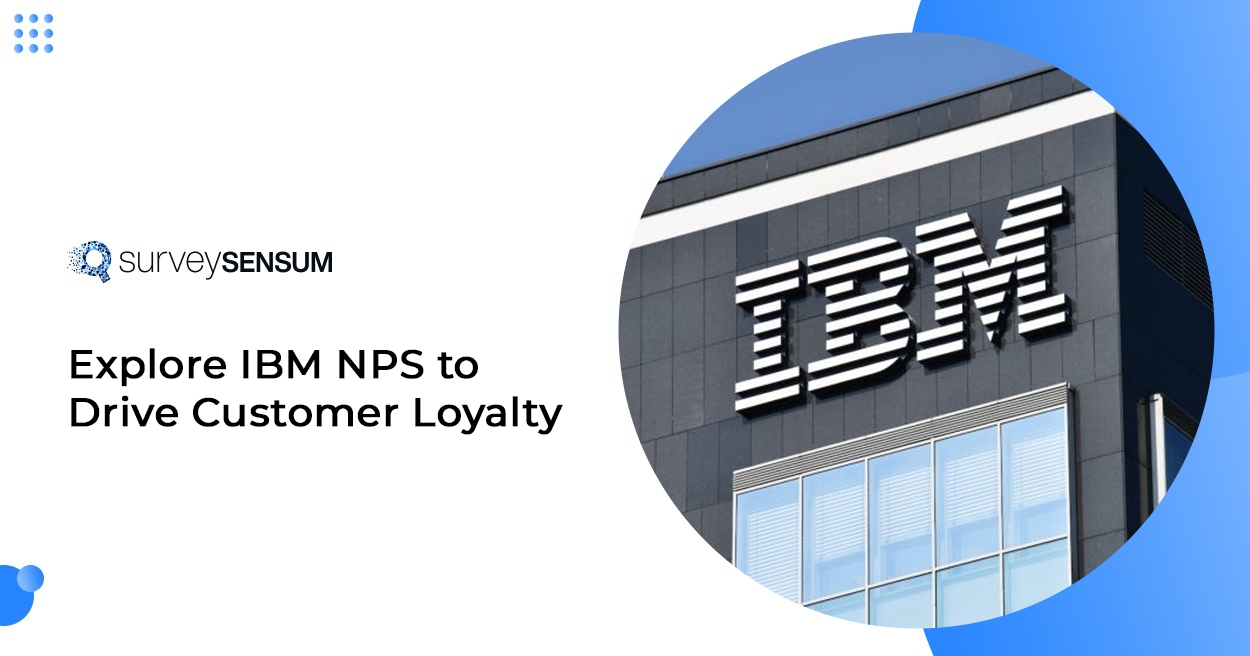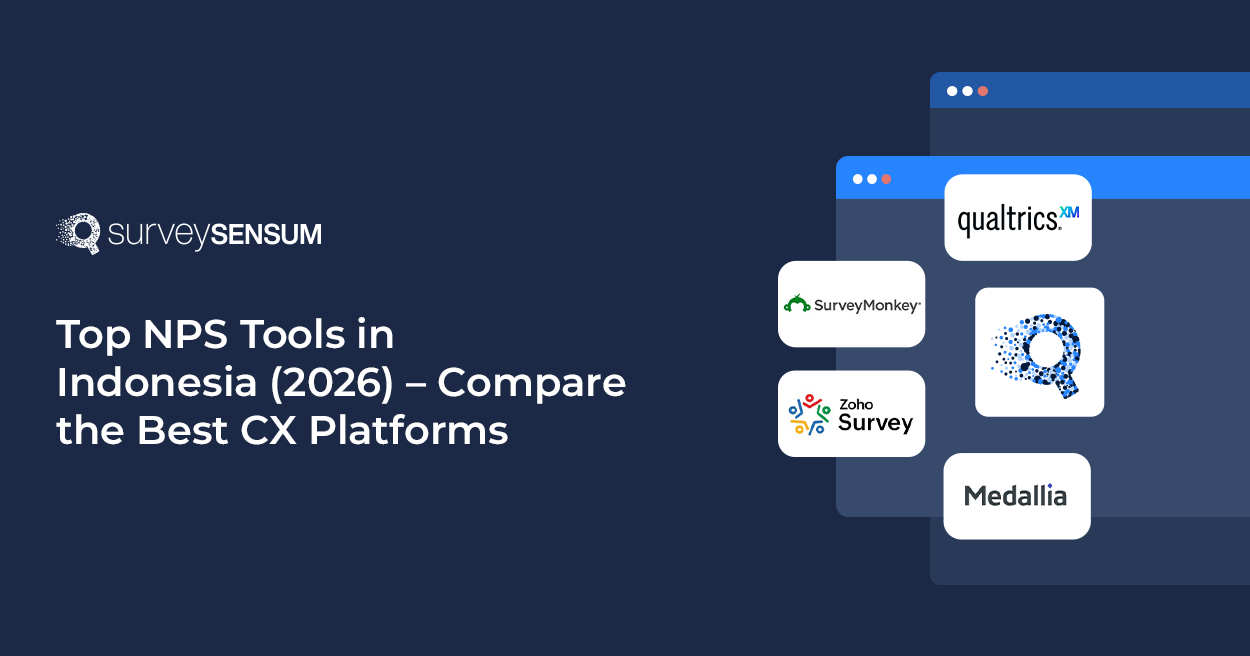

Did you know IBM ranks 4th in NPS in the technology industry among its competitors?
Now to understand the reason behind IBM’s success we need to look deep into some important metrics and one such important metric is Net Promoter Score.
While NPS specifically measures customer loyalty and the likelihood of recommending IBM, it also provides insight into the company’s overall customer experience. Let’s dive deeper into IBM’s NPS to understand what it reveals about customer perceptions.
What is IBM NPS?
IBM’s NPS score is 27, reflecting the loyalty and satisfaction of its customers.
NPS is not just a metric for gauging customer satisfaction and loyalty with your brand’s products and services; it also allows you to benchmark your business’s performance within the industry. By asking the loyalty question followed by an open-ended question, you gather responses which are further categorized into three groups:
- Promoters: IBM has 54% of loyal customers who rate 9 or 10 and recommend it to their friends and family.
- Passives: IBM has 19% of passive customers who rate it as 7 or 8, highlighting that they are satisfied but not enthusiastic enough to recommend it.
- Detractors: IBM has 27% of unhappy customers who rate between 0 and 6.
This implies that while many customers are happy and promoting IBM, there are still 46% of customers whose experience needs to be enhanced. With this score, IBM understands what its customers think and where they need to improve.
Launch your NPS survey to gauge how many customers are happy with your products and services and how likely they are to recommend your brand to their friends and colleagues.
Now let’s look at the factors contributing towards IBM NPS here.
Factors Influencing IBM NPS score
IBM’s Net Promoter Score of 27 reflects both positive aspects and areas for improvement in its customer satisfaction strategy. Let’s take a closer look at the following factors:
1. Amazing Product Quality with Innovation
IBM’s reputation for high-quality and innovative products is a cornerstone of their NPS. They consistently deliver innovative solutions like AI, cloud computing, and blockchain technology, which appeal to tech-savvy customers.
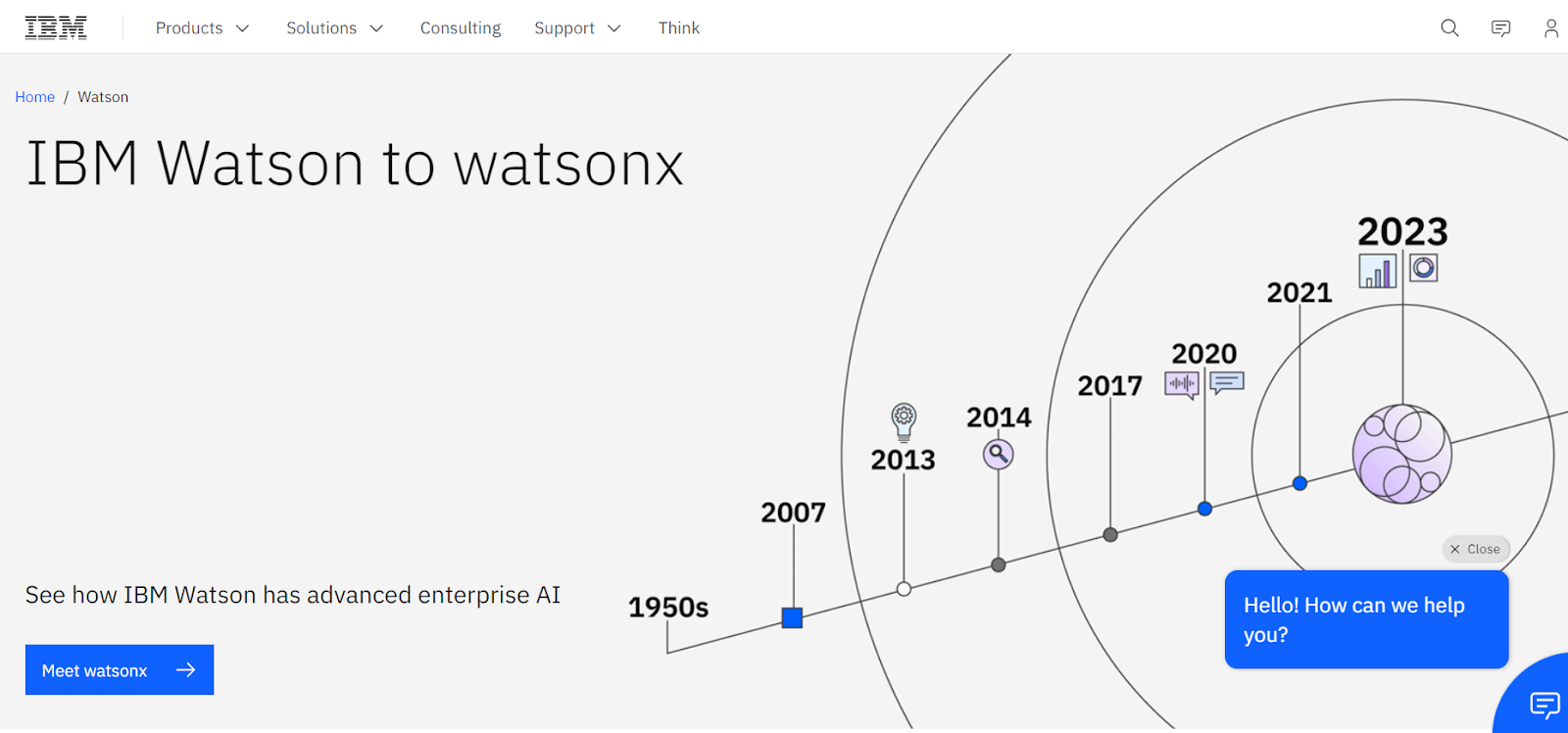
For instance, IBM Watson, their AI platform, has revolutionized industries from healthcare to finance by providing advanced data analytics and cognitive computing capabilities. Customers appreciate these innovations, which boosts their likelihood to recommend IBM.
2. Offer Exceptional Customer Service
High-quality customer service is crucial for maintaining a positive NPS. IBM has made significant investments in improving its customer service channels. They offer support through various mediums, including in-person, phone, text, social media, and self-service knowledge bases. This diverse approach allows customers to choose their preferred method of communication, enhancing their overall experience.
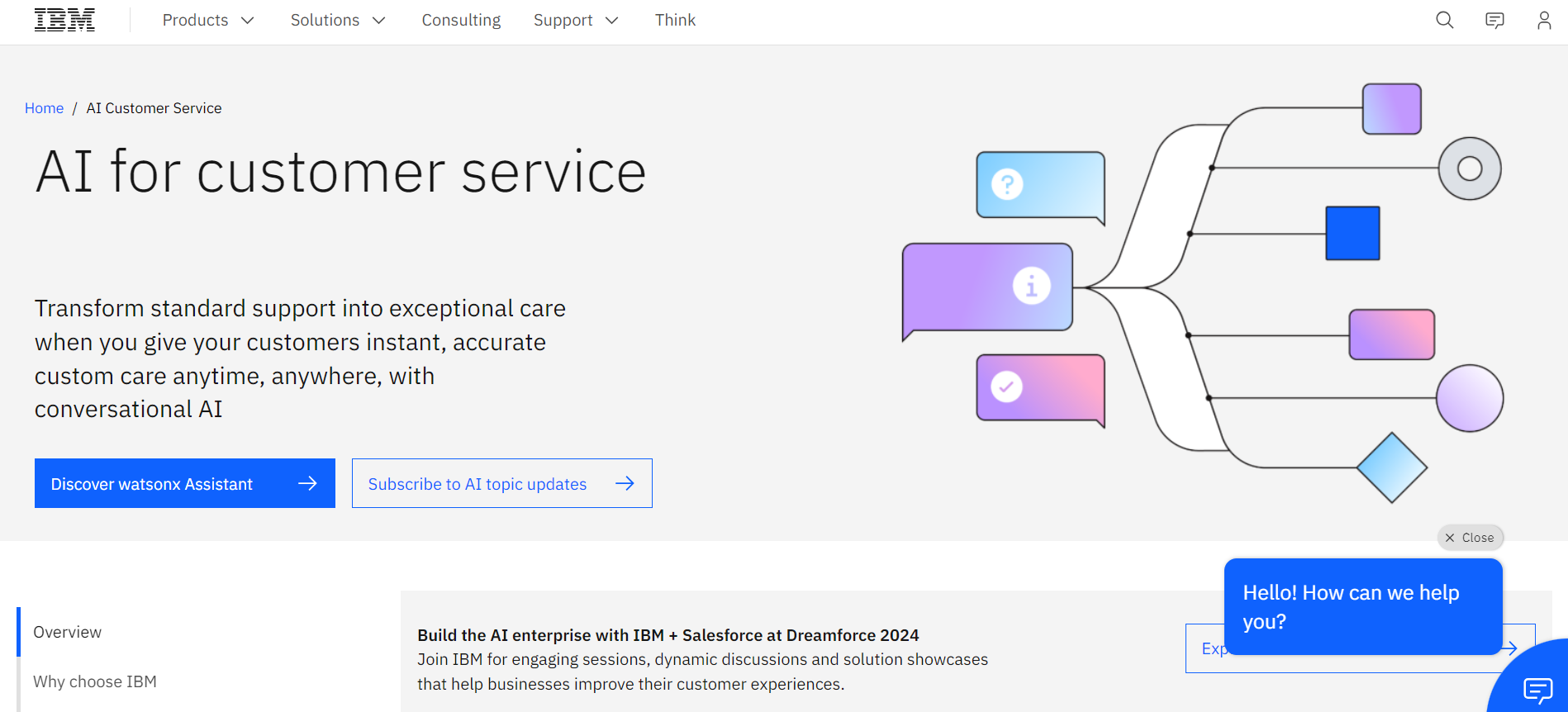
For instance, IBM uses AI in customer service by implementing their “watsonx Assistant” to automate and enhance customer interactions. This AI tool provides fast, accurate, and personalized responses across various platforms like websites and mobile apps. This improves customer satisfaction and experience as it simplifies processes and offers self-service options that reduce the need for human intervention.
3. Proactive Support and Training
IBM proactively reaches out to new customers to assess satisfaction, using customer relationship management tools to track interactions and resolve issues promptly. Additionally, IBM invests in training their customer service representatives, ensuring they are well-equipped to handle various customer concerns effectively.
4. Use Customer Feedback Effectively
IBM values customer feedback and uses it to improve its products and services. By listening to customers and addressing their concerns quickly, IBM can prevent larger issues and improve overall customer satisfaction. The feedback loop allows them to identify common pain points in their software solutions, leading to timely updates and enhancements that address these issues.
5. Efficiently Empower Employees to Enhance EX
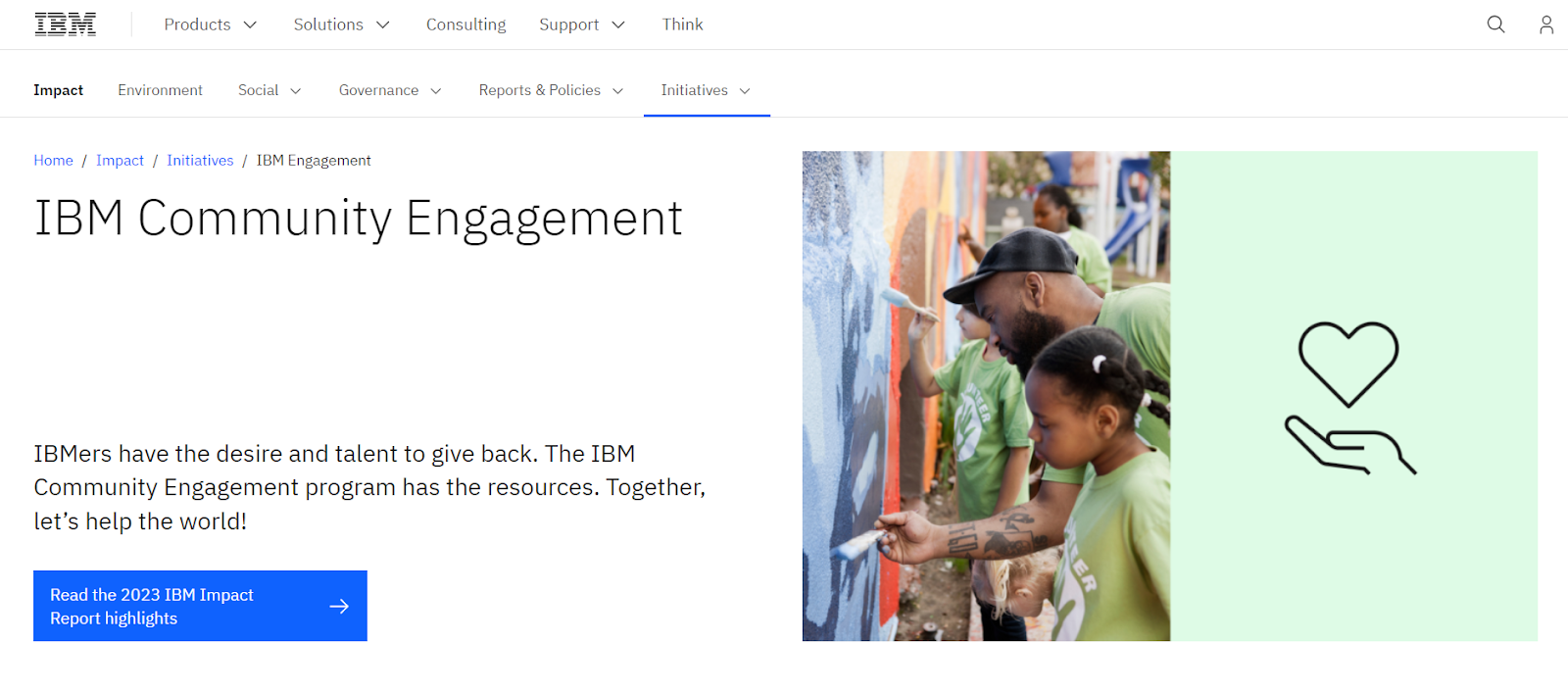
IBM empowers employees to make decisions independently, streamlining processes and enhancing customer service. This empowerment allows them to address issues quickly and offer tailored solutions, such as complimentary upgrades or extended support.
By fostering trust in their employees’ judgment, IBM not only accelerates problem resolution but also increases customer satisfaction. This approach ensures that service is responsive, efficient, and aligned with customer needs, reflecting IBM’s commitment to a positive employee and customer experience.
6. Continuously Improve to Grow
IBM continuously monitors KPIs such as first response time, resolution time, and customer satisfaction scores. By setting and tracking SMART goals, IBM can make data-driven improvements to its customer service strategies. Further, IBM regularly reviews its customer service metrics and implements process improvements to reduce response times and increase resolution rates.
7. Competitive Landscape
The competitive landscape in the technology industry also influences IBM’s NPS. Staying ahead of competitors in terms of innovation, pricing, and customer service is crucial. IBM’s ability to offer superior solutions compared to its competitors enhances its NPS.
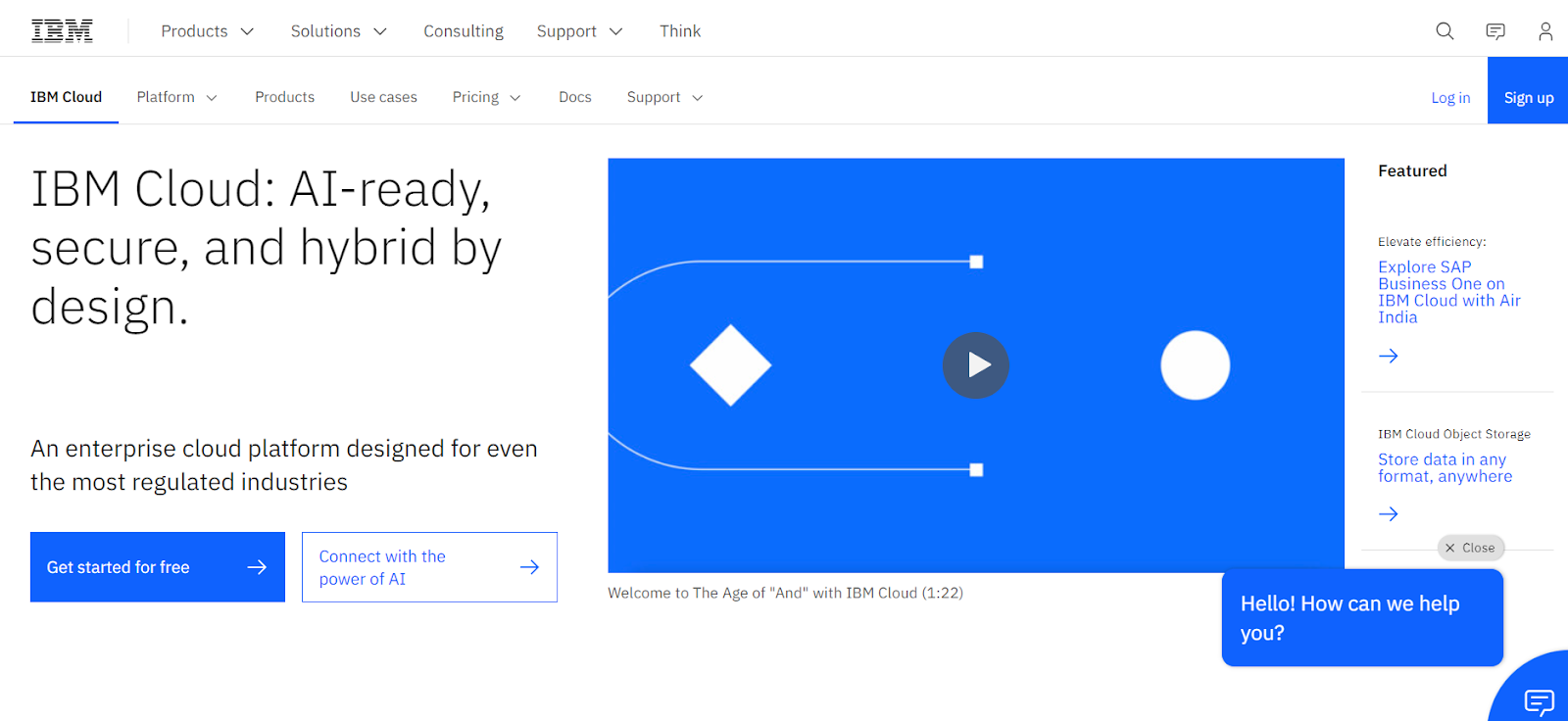
For instance, IBM’s comprehensive cloud services compete with giants like Amazon Web Services (AWS) and Microsoft Azure, and their competitive edge in hybrid cloud solutions can attract more promoters.
8. Personalize Customer Experience
Personalized experiences and tailored solutions significantly impact customer satisfaction. IBM’s focus on understanding individual customer needs and providing customized solutions helps in creating positive experiences. Personalized interactions and solutions can turn passives into promoters by addressing their specific requirements effectively.
Now that we know the factors contributing to IBM’s NPS score, let’s have a glance at its competitors here.
IBM NPS Comparison with Competitors
IBM’s NPS of 27 reflects its strong market position and customer satisfaction, although it trails behind some competitors. For comparison:
- Cisco: 38
- IBM: 27
- Accenture: 22
- HPE: 20
- Meta: 10
IBM’s score highlights its innovative technologies and solid customer service. However, to improve, IBM needs to focus on enhancing personalized customer experiences and resolving issues swiftly. These improvements can help IBM close the gap with leaders like Cisco and further elevate its customer loyalty and market position.
To Conclude,
The NPS score of IBM reflects a balanced mix of customer loyalty, satisfaction, and areas for improvement. While IBM excels in innovation and customer service, there’s room to enhance personalized experiences and swift issue resolution. By focusing on these areas, IBM can further elevate its NPS and strengthen customer loyalty.
To effectively measure and analyze customer loyalty, leveraging tools like SurveySensum. To effectively measure and analyze customer loyalty, it’s essential to leverage advanced tools like SurveySensum. This powerful tool uses AI capabilities to generate actionable insights. With detailed analytical reports and dashboards, SurveySensum allows you to visualize your data clearly, enabling businesses to gain a deeper understanding of customer satisfaction and pinpoint areas for improvement. By continuously analyzing and improving your strategies, you can enhance customer loyalty and drive your business success.








